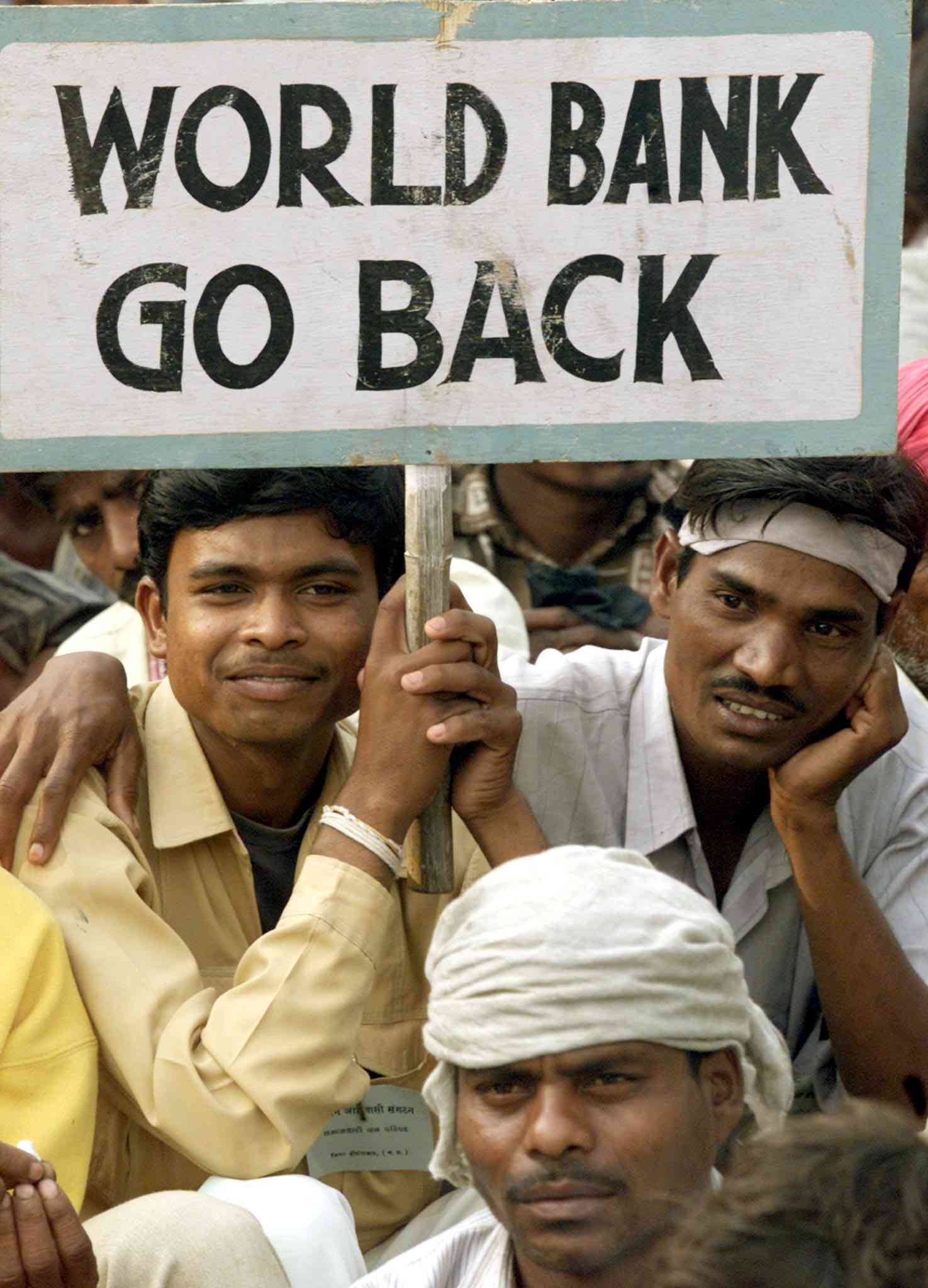How the World Bank’s approach to funding dam projects has shifted over the decades

Dams have been emblematic of the World Bank’s approach to development for many decades. From the bank’s early years in the 1960s and 1970s, large-scale infrastructure projects such as dams, power plants and transport networks were central to its strategy for economic growth and poverty reduction. This reflected a top-down modernisation paradigm.
But the controversial social, economic and environmental impacts of dams sparked widespread criticism. This prompted internal scrutiny and a reduction in funding by the 1990s. Notable examples included the bank’s withdrawal from India’s Narmada Dam and Nepal’s Arun III hydropower project. Both followed large-scale protests.
From 2007, the bank’s support for dams began to rise again, reflected in an increasing portfolio of projects. There were two main drivers. Hydropower gained renewed appeal as a low-carbon energy source. And infrastructure-led economic growth regained prominence in development policy. Yet, earlier debates were not erased: questions about social, environmental and political consequences continued to influence decision-making.
This begs the question of whether anything has changed. Does the World Bank approach dams differently today? Did past protests and policy reforms have a longer-lasting effect?

We are researchers examining the politics of development, with a focus on dam decision-making in Africa and South Asia. In a recent book chapter we show that debates over dams are far from settled....
Read more
News